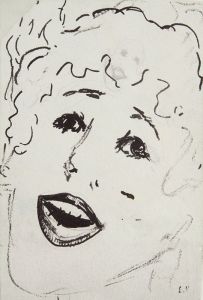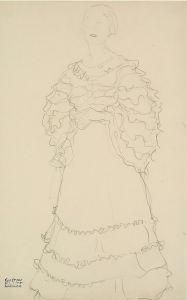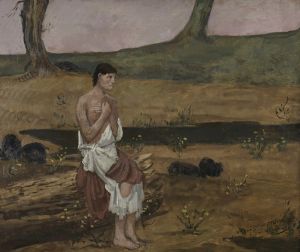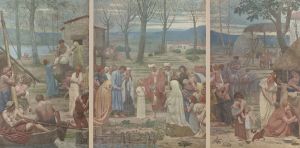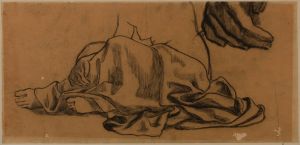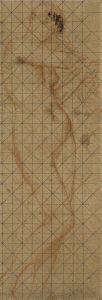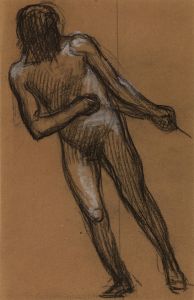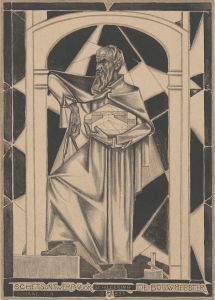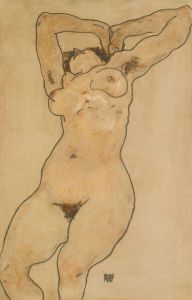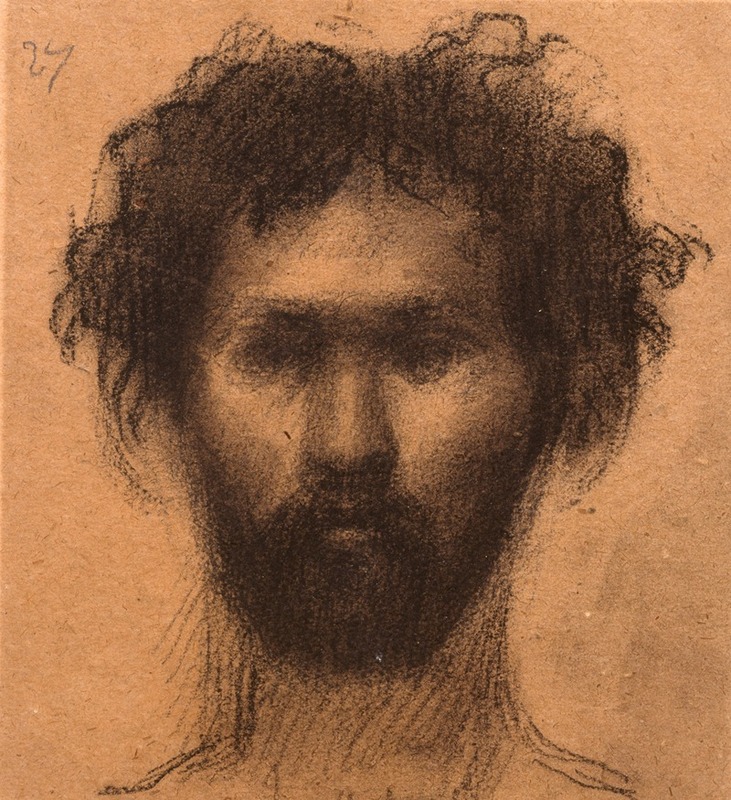
Tête d’homme
A hand-painted replica of Pierre Puvis de Chavannes’s masterpiece Tête d’homme, meticulously crafted by professional artists to capture the true essence of the original. Each piece is created with museum-quality canvas and rare mineral pigments, carefully painted by experienced artists with delicate brushstrokes and rich, layered colors to perfectly recreate the texture of the original artwork. Unlike machine-printed reproductions, this hand-painted version brings the painting to life, infused with the artist’s emotions and skill in every stroke. Whether for personal collection or home decoration, it instantly elevates the artistic atmosphere of any space.
Pierre Puvis de Chavannes, a prominent 19th-century French painter, is best known for his large-scale murals and contributions to the Symbolist movement. However, his lesser-known works, such as Tête d’homme (translated as Head of a Man), also showcase his artistic skill and versatility. Tête d’homme is a study or portrait that reflects Puvis de Chavannes' interest in the human form and his ability to convey emotion and character through simplicity.
The painting depicts the head of a man, rendered with a focus on subtle expression and naturalistic detail. The work is characterized by its muted color palette, a hallmark of Puvis de Chavannes' style, which often emphasized harmony and restraint over dramatic contrasts. The subject's face is portrayed with a contemplative or introspective expression, suggesting a sense of quiet dignity. The brushwork is delicate, and the composition is straightforward, drawing attention to the subject's features without unnecessary embellishment.
While Puvis de Chavannes is primarily celebrated for his monumental works in public spaces, such as the murals in the Panthéon in Paris, smaller works like Tête d’homme provide insight into his approach to portraiture and his ability to capture the essence of his subjects. These studies may have served as preparatory works for larger compositions or as standalone pieces that allowed the artist to explore individual character and emotion.
The exact date of creation for Tête d’homme is not definitively documented, but it is consistent with Puvis de Chavannes' broader body of work, which spans the mid to late 19th century. The painting is often noted for its timeless quality, as it avoids overt references to specific historical or cultural contexts, focusing instead on the universal aspects of human expression.
As with many of Puvis de Chavannes' works, Tête d’homme reflects his commitment to a classical aesthetic, influenced by Renaissance and classical art traditions. His emphasis on simplicity and balance had a significant impact on later artists, including members of the Symbolist and Post-Impressionist movements.
Further details about the painting's provenance, current location, or specific historical context are not widely available. However, Tête d’homme remains an example of Puvis de Chavannes' mastery in capturing the human spirit through his distinctive artistic lens.





